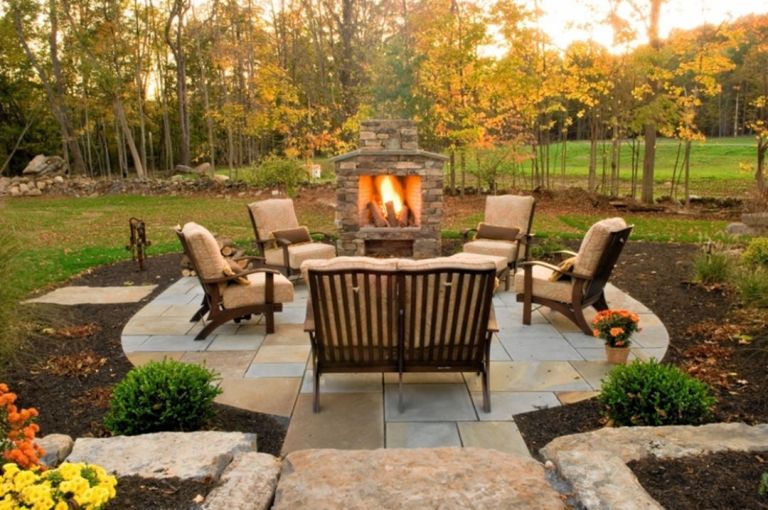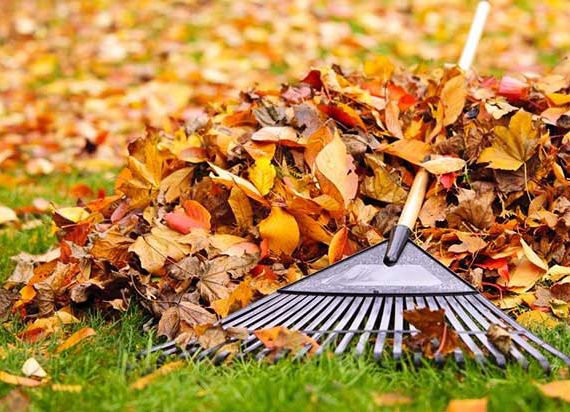Tree wraps are an easy way to prevent winter damage to trees.
Early winter and early spring can be the most destructive times of year for young trees and shrubs due to the sometimes extreme temperature fluctuations in our region. The middle of winter presents its own threats in the form of wildlife damage and other weather events. Fortunately, there are ways to mitigate and prevent the resulting damage. The canopy of trees and shrubs protects against all of these dangers, in addition to sunburn. For added protection, wrapping trees and shrubs in chicken wire can protect against damage to the bark by rabbits or other wildlife, and will also create a barrier of fallen leaves and snow, further insulating the plant from severe frosts.

By early November, many homeowners have already prepared their garden for winter. Annual plants can be removed, and small perennial plants can be transplanted indoors for the winter. Large perennial plants need to be prepared for winter. Covering the soil above the root system with straw or mulch will insulate the plant from cold winter temperatures. However, plants that become diseased or begin to wilt should be removed or pruned to reduce the threat of disease spreading to green spaces.

Overseeding the lawn
Before you put your gardening tools in the shed, overseed your lawn before the first significant snowfall. Frozen soil combined with snow cover holds the seeds in place until conditions are right in the spring for the seeds to germinate naturally and grow in the first couple of weeks after the snow melts.

Remove any remaining stakes or other plant supports and place them in the shed or garage until spring. Drain the water from the hoses and put them away too. November is a good time to apply a repellent spray or install burlap, mesh or other physical barriers to protect your plants. If you plan to purchase a live Christmas tree to add to your landscape after the holidays, dig a hole for planting. Cover it with a tarp and mulch to keep it warm.

